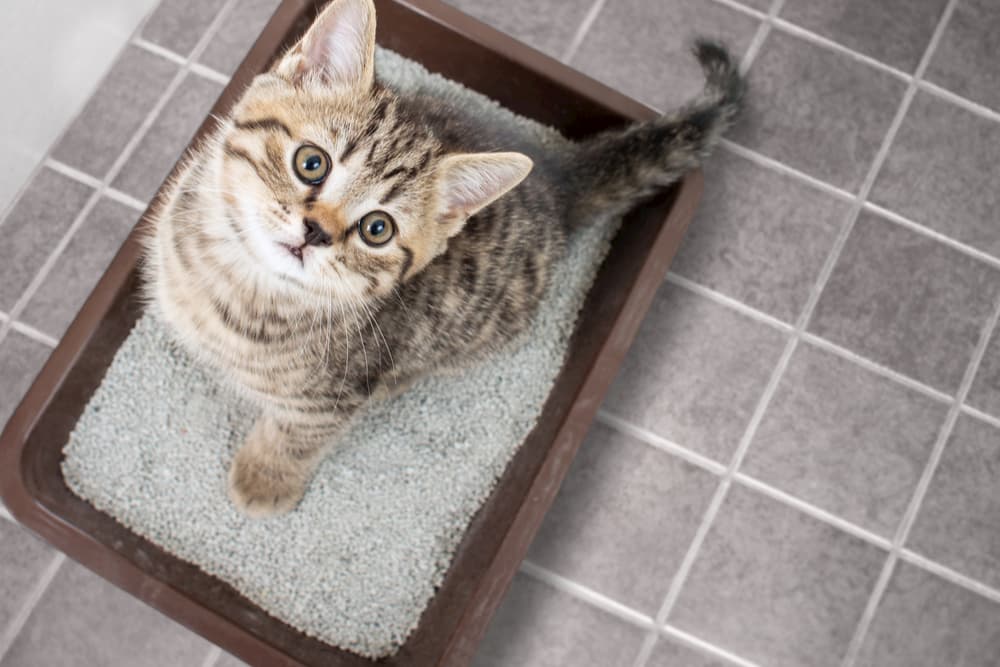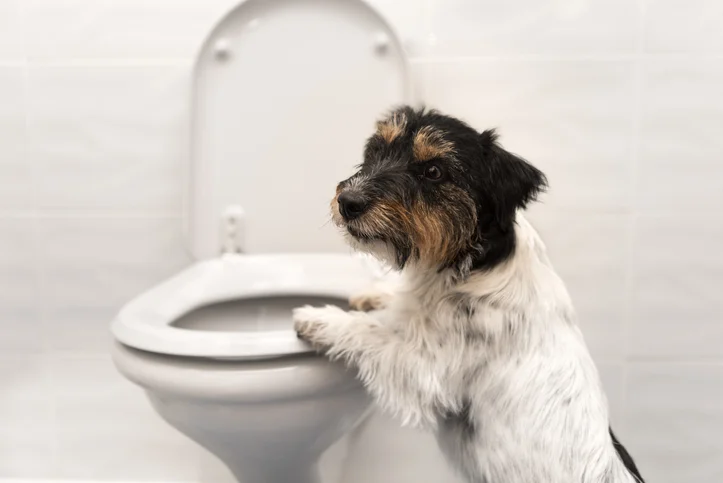When Flushing Animal Waste Down the Toilet Can be Harmful
When Flushing Animal Waste Down the Toilet Can be Harmful
Blog Article
We've encountered this great article on Can You Flush Dog and Cat Poo Down the Toilet? below on the net and felt it made perfect sense to discuss it with you on this site.

When it concerns dealing with waste, specifically animal waste, many individuals typically turn to the hassle-free choice of flushing it down the toilet. Nonetheless, this relatively easy option can have serious effects for the environment and public health. In this short article, we'll explore why flushing animal waste down the toilet is a poor concept and give different techniques for appropriate disposal.
Introduction
Proper waste disposal is vital for maintaining ecological sustainability and public health. While it might seem harmless to purge animal waste down the commode, it can result in various concerns, both for the setting and human health.
Dangers of flushing animal waste
Ecological impact
Flushing pet waste presents harmful germs and pathogens into rivers, which can adversely impact marine ecological communities. These virus can pollute water resources and injury marine life, interrupting delicate communities.
Public health concerns
Animal waste includes hazardous germs such as E. coli and Salmonella, which can posture severe wellness dangers to human beings. Purging animal waste down the toilet can pollute water supplies, leading to the spread of diseases and infections.
Alternatives to flushing
Instead of flushing animal waste down the commode, there are a number of alternate disposal methods that are a lot more eco-friendly and sanitary.
Composting
Composting pet waste is an environmentally friendly means to throw away it. By composting, organic matter is broken down into nutrient-rich dirt, which can be used to fertilize gardens and plants.
Land fill disposal
Dealing with pet waste in a landfill is one more choice. While not as environmentally friendly as composting, it is a much safer option to flushing, as it avoids the contamination of water sources.
Animal waste disposal systems
There are customized pet garbage disposal systems offered that safely and hygienically throw away animal waste. These systems frequently use enzymes to break down waste and remove odors.
Actions to proper pet waste disposal
To ensure appropriate disposal of animal waste, adhere to these actions:
Scooping and landing waste
Consistently scoop and bag animal waste utilizing biodegradable bags. This avoids waste from infecting the setting.
Making use of marked waste containers
Dispose of bagged pet waste in designated waste bins, such as garden compost bins or landfill containers. Stay clear of flushing it down the commode in any way prices.
Cleansing can and pet dog locations routinely
Routinely tidy litter boxes and family pet areas to prevent the accumulation of waste and germs. Use pet-safe cleaning products to preserve health.
Advantages of correct disposal methods
Taking on proper disposal approaches for pet waste uses several advantages:
Decreased environmental pollution
Proper disposal approaches minimize the threat of environmental pollution, securing waterways and ecological communities from contamination
Minimized danger of water contamination.
By staying clear of flushing animal waste down the toilet, the threat of water contamination is substantially lowered, safeguarding public health.
Improved sanitation and health
Appropriate disposal methods advertise much better sanitation and health, creating a more secure environment for both people and pets.
Final thought
Finally, flushing pet waste down the bathroom is dangerous to the environment and public health. By embracing alternative disposal techniques and adhering to proper waste administration techniques, we can reduce the adverse influence of pet waste and add to a cleaner, healthier planet.
What To Do With Dog Poo – The Do's And Don'ts Of Disposing Of Faeces
Dog poo bins
Some councils provide dedicated dog waste bins in popular dog-walking areas that can take dog poo that has been bagged but you can legally dispose of dog waste in any public litter bin, as long as it is securely bagged. This also applies to your wheelie bin at home.
Do not flush
Water companies do not recommend flushing dog faeces down the toilet because certain parasites can survive the water processing treatment and are potentially harmful to humans. You should also never consider flushing dog poo that has been bagged down the toilet as the bags will not break down and instead create severe blockages in the sewage system.
In the woods
The Forestry Commission promotes a ‘stick and flick’ method for dealing with waste in the woods. This means finding a stick and using it to flick any poo from off the path so that it is out of the way of other walkers. You could also bury it as long as it is not in an area where there might be livestock.
Livestock
Parasites found in dog poo can be transmitted to livestock if they inadvertently eat infected faeces that has been left on grazing land. This could result in the death of sheep or abortion in cattle so you should always make sure you pick up your dog’s waste in fields where livestock could be present.

Routinely tidy litter boxes and family pet areas to prevent the accumulation of waste and germs. Use pet-safe cleaning products to preserve health.
Advantages of correct disposal methods
Taking on proper disposal approaches for pet waste uses several advantages:
Decreased environmental pollution
Proper disposal approaches minimize the threat of environmental pollution, securing waterways and ecological communities from contamination
Minimized danger of water contamination.
By staying clear of flushing animal waste down the toilet, the threat of water contamination is substantially lowered, safeguarding public health.
Improved sanitation and health
Appropriate disposal methods advertise much better sanitation and health, creating a more secure environment for both people and pets.
Final thought
Finally, flushing pet waste down the bathroom is dangerous to the environment and public health. By embracing alternative disposal techniques and adhering to proper waste administration techniques, we can reduce the adverse influence of pet waste and add to a cleaner, healthier planet.
What To Do With Dog Poo – The Do's And Don'ts Of Disposing Of Faeces
Dog poo bins
Some councils provide dedicated dog waste bins in popular dog-walking areas that can take dog poo that has been bagged but you can legally dispose of dog waste in any public litter bin, as long as it is securely bagged. This also applies to your wheelie bin at home.
Do not flush
Water companies do not recommend flushing dog faeces down the toilet because certain parasites can survive the water processing treatment and are potentially harmful to humans. You should also never consider flushing dog poo that has been bagged down the toilet as the bags will not break down and instead create severe blockages in the sewage system.
In the woods
The Forestry Commission promotes a ‘stick and flick’ method for dealing with waste in the woods. This means finding a stick and using it to flick any poo from off the path so that it is out of the way of other walkers. You could also bury it as long as it is not in an area where there might be livestock.
Livestock
Parasites found in dog poo can be transmitted to livestock if they inadvertently eat infected faeces that has been left on grazing land. This could result in the death of sheep or abortion in cattle so you should always make sure you pick up your dog’s waste in fields where livestock could be present.

I am just very drawn to 4 Reasons Why Dog Poop Cleanup is Important and I am praying you appreciated the new article. Appreciated our content? Please quickly share it. Let someone else check it out. I thank you for reading our article about .
View More Report this page